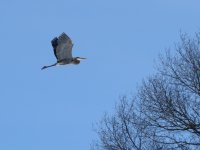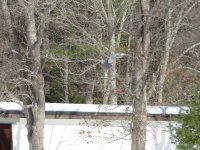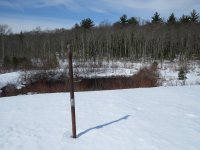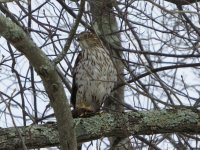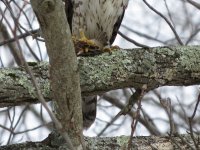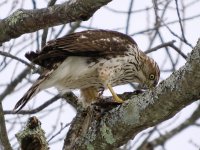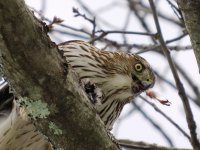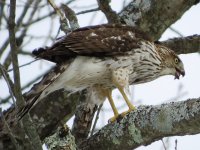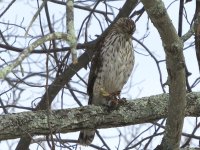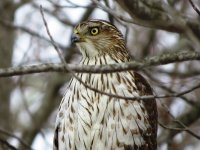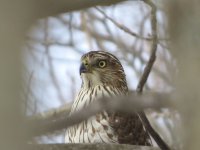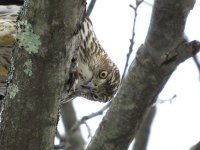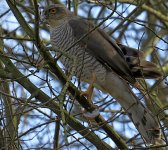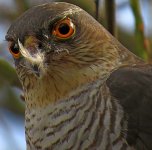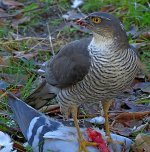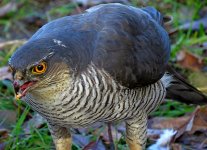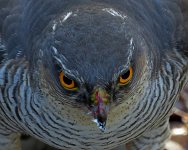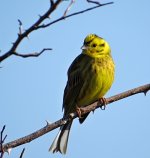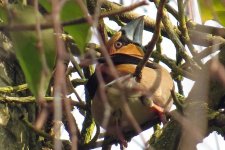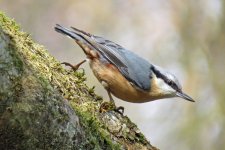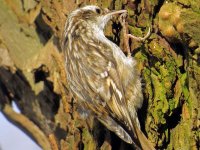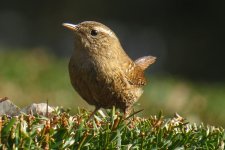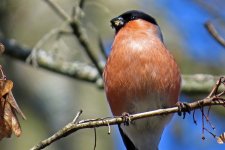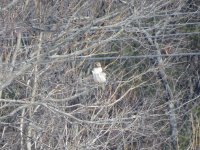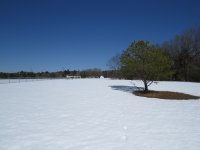Thanks HermitIbis for that index!
Just got my SX50 last week - a factory refurb from the Canon online outlet. Other than the plain brown box it came it, it looks brand new. I haven't been able to post pics here at BF (if I shrink them down to a size that meets the limits here they look awful - how do you all do it?) but here is
my post at DPReview where I posted two shots from my very first outing with the camera. Not magazine quality obviously, but as one who is new not just to the SX50 but to bird photography in general I'm very encouraged with the results! Some thoughts follow....comments/advice are invited!
I started on Av because that has been my standard in general photography for many years. I also tried Tv since some bird shooters seem to use it. But in both cases I found that, perhaps because of the way I personally carry or handle the camera, I must have been rotating the selector dial inadvertently and wasted several shots with settings that I didn't intend. I shifted to P (not Auto) and found that - in good light anyway, and with zoom extended - the camera reliably picks the settings I would anyway. Is there a disadvantage to P that I'm missing? In overcast I will probably find Tv more useful.
One way I'd like to try shooting the camera is in M with Auto ISO. But that doesn't seem to be possible - Auto ISO does not appear as an option in M. Is there a trick that allows it?
I'd read about limited dynamic range with the small sensor and sure enough, some highlights were blown even in pictures where the exposure did not look that challenging - and despite the fact that the histogram looked OK in the post-capture display. I'm trying iDynamic and it seems to help, and will have to try some -EV compensation next time. Is there a disadvantage to iDynamic - other than the lowest ISOs not being available? I'm shooting in JPEG-L and wonder if I really need to learn RAW.
The spot meter doesn't seem to be very fine. Birds shot against the bright blue sky turned out quite underexposed, even using the spot meter. Is that normal behavior? Short of going full Manual and bracketing, I wonder if it might be better to run the camera in Auto for those shots and let the auto backlight compensation work for me.
I found the 1.5x TC useful and got some decent shots with it. I've configured the custom-function button for the TC - and am wondering what others use that button for? There seems to be quite a falloff to the 2x TC.
The finder is good enough for pointing the camera but that's about it. I'd read about some people thinking of superzooms as replacement for scopes, and.....no. Not this one, anyway.

Overall I'm thrilled with the camera. It's even lighter and smaller than I expected, and to get some postable pictures on my very first trial run is very encouraging! Thanks to all who have posted to this thread and shared their experience.
Matt in Walnut Creek, CA





